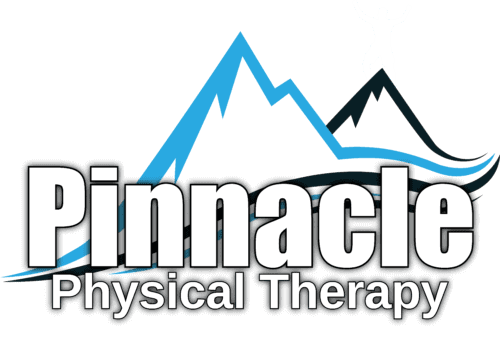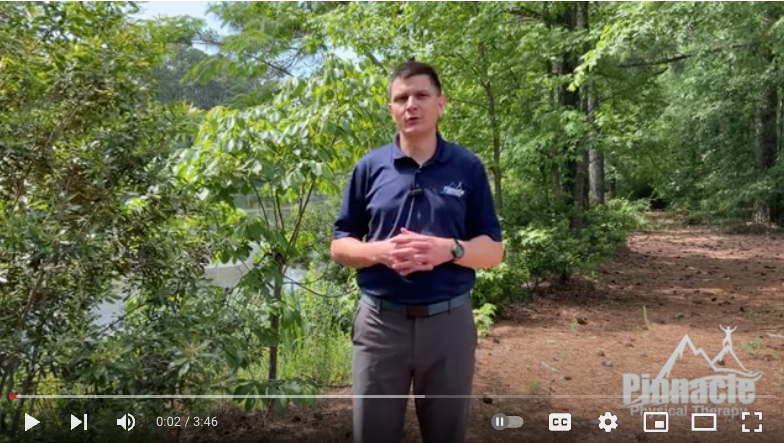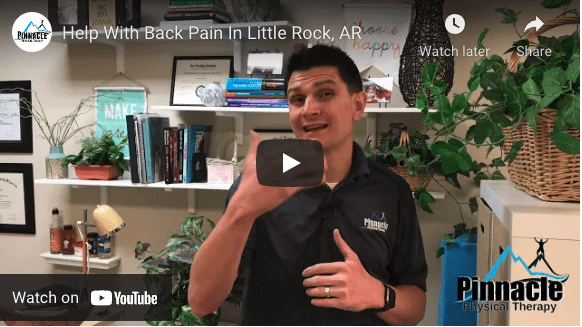Patellofemoral Pain Syndrome
Causes, Symptoms, and Treatment
What causes patellofemoral knee pain? Patellofemoral knee pain occurs when there’s pressure on the patella and the underlying tissue, nerves, and bone structure surrounding it. Depending on the severity of your patellofemoral knee pain, you may also experience swelling and tenderness in the affected area.
What are the Symptoms of Patellofemoral Knee Pain?
Patellofemoral knee pain is defined as knee pain behind or around your kneecap. Some common symptoms of patellofemoral knee pain include discomfort while squatting down, tenderness on either side of your kneecap and weakness in your quadriceps. This ailment can be caused by a number of different factors but physical therapy may be able to help relieve your pain!
How Does Physical Therapy Treat Patellofemoral Knee Pain?
Patellofemoral knee pain is a common issue affecting runners and other athletes. Physical therapy is a great conservative treatment option to reduce pain and get to the root cause of the issue so you can stop it at its source.
The first step in physical therapy for patellofemoral knee pain is to focus on improving your overall strength and flexibility. For example, muscle strengthening through exercises that focus on quadriceps development can help to stabilize your kneecap.
Additionally, stretching of muscles surrounding your knee joint will help improve mobility. An exercise program should be tailored to fit your needs as an individual athlete or patient.
Once you have begun an exercise program, it’s important to continue exercising throughout recovery from patellofemoral knee pain. A therapist will provide you with specific instructions about what types of exercises are most beneficial for you and how often they should be performed.
How Can Pinnacle Help?
Pinnacle PT uses manual therapy techniques to help you get back to your active lifestyle. Our therapists can also design an exercise program that works around your schedule—and address any muscular imbalances you might have. And since we focus on recovery rather than treating just one specific injury, our goal is to help you achieve long-term health so you can return to sports and activities without pain.
To learn more about how we can help, contact us today!


